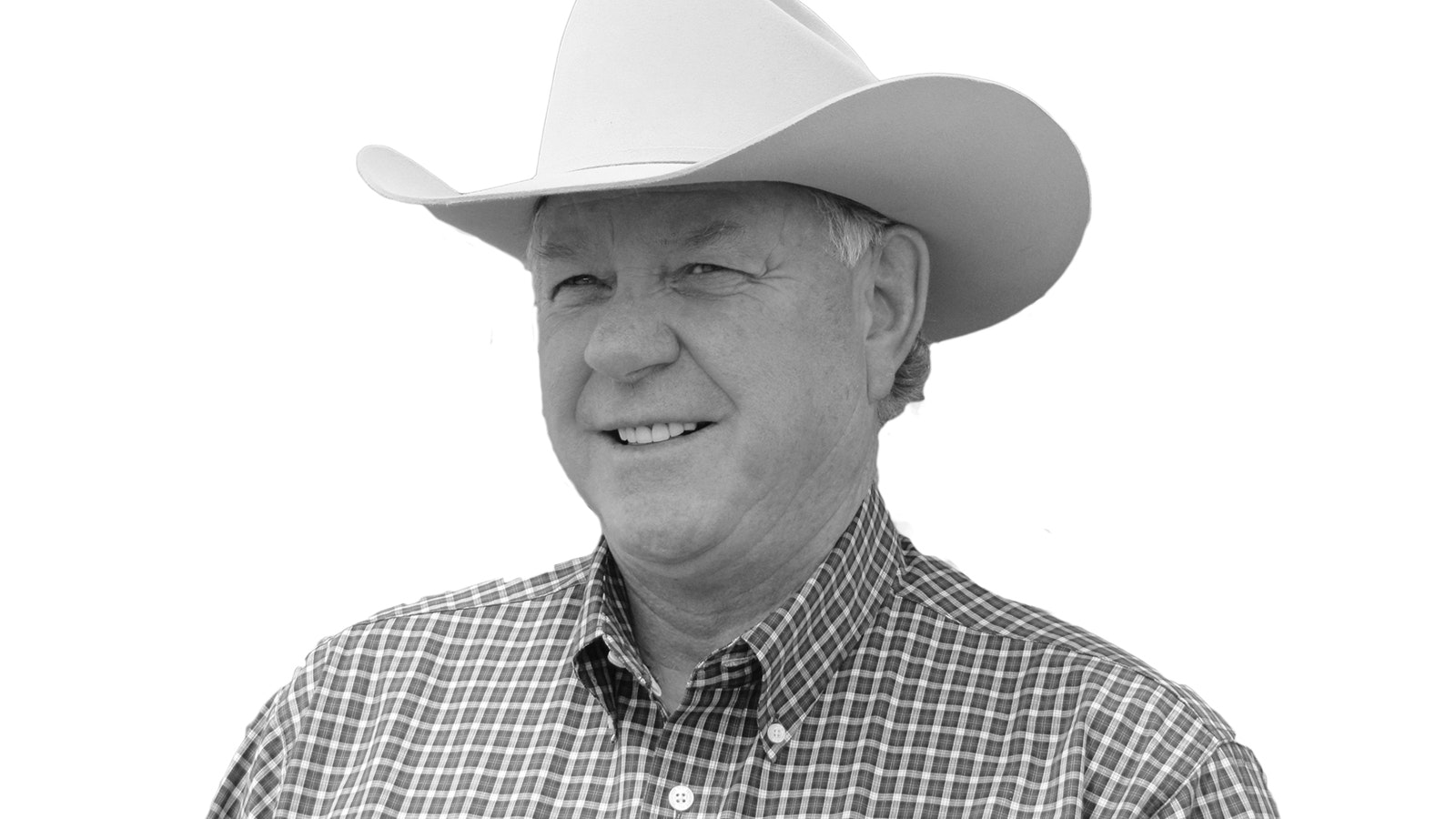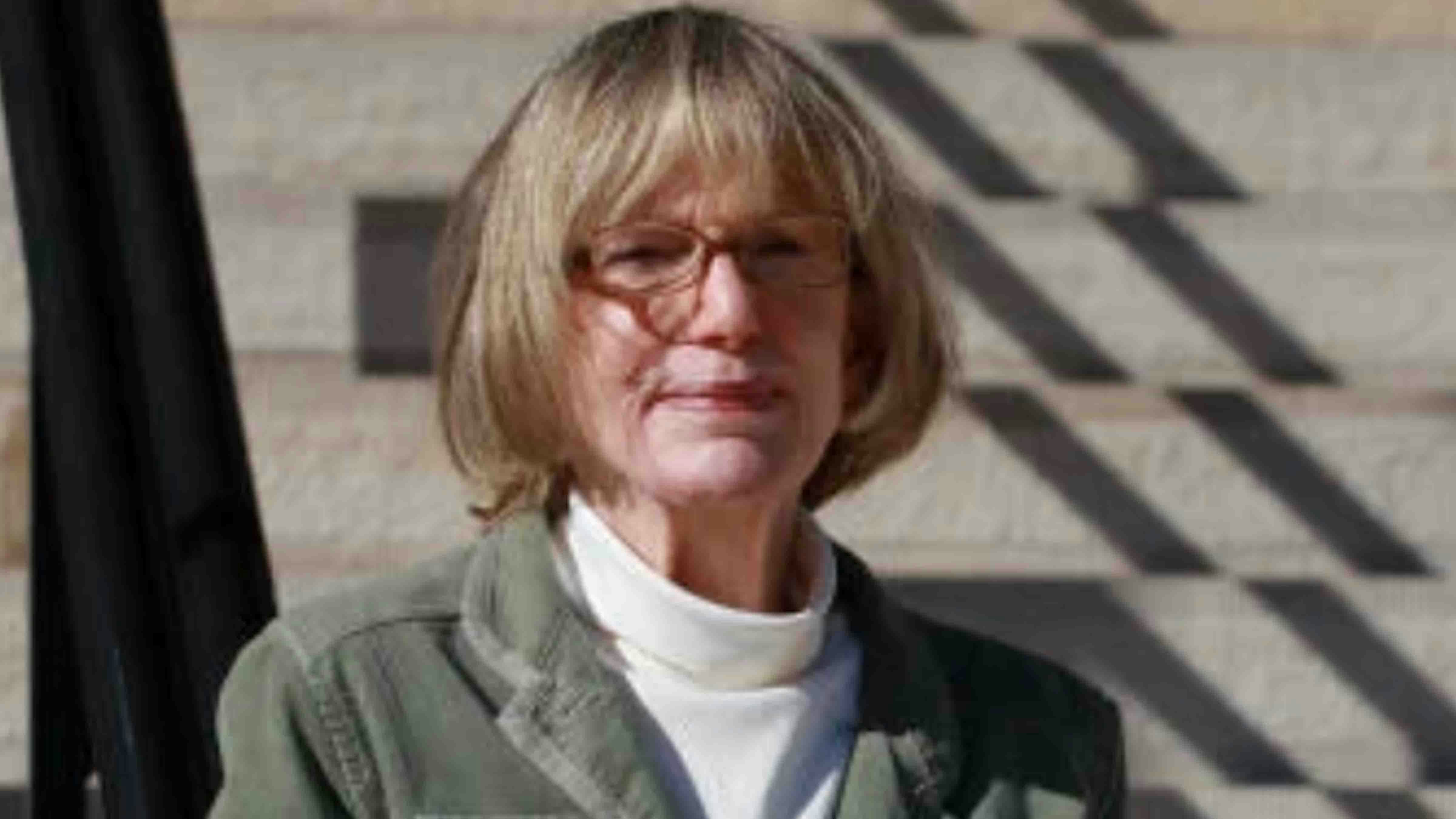For many years, we’ve been told steers fed in the North always bring more money than Southern-fed steers. We always took pride in the fact and bragged on it.
But, I was never quite sure of the reasons for this price difference, especially since most packinghouses are in Kansas or Texas and there are more transportation costs for the Northern steers.
A recent CattleFax UPDATE noted the current “average fed cattle price spread between the North and South – Nebraska versus Kansas – reached $9.44 per hundredweight (cwt) during the week of July 21. This basically matched the widest spread of $9.63 set back in early June.”
The UPDATE went on to say, “The South being discounted to the North is becoming more common, particularly in the late spring and summer timeframe.”
My question is why? What are the factors causing this spread?
The UPDATE explained, “There are many contributing factors which have led to these wider spreads. First and foremost is the fact cash cattle being offered in the North are generally of higher quality than in the South. If you assume a 10 percent difference in grade coinciding with a wide Choice-Select spread – nearly $21 per cwt last week – it is easy to see the value difference.”
It is a complex issue to understand, as these factors are complex to begin with. It doesn’t mean all of the cattle in the South are of lesser quality. It’s far from it.
Some Southern cattle breeds used to combat the lengthy hot weather season may not grade as high when processed or take longer to reach desired weight for slaughter.
This means a Northern fat steer may grade Prime or Choice more often, and in today’s meat markets, they bring more of a return.
I think in the end it all boils down to genetics of the animal, but there are also changes in supply patterns. The industry has been feeding cattle longer, which has led to changes in the time of year of supply.
Meatpackers, grocery stores and consumers all want a Prime to high Select cut of meat, not only here in America but around the world. This demand is also a factor of higher meat prices.
It has already been five years since the start of the pandemic and the beginning of higher food prices.
Those in the know believe we might have one to two years left of high prices for beef, poultry, eggs and dairy products. This and the substantially higher wages at grocery stores is all driving the cost of food at the store.
With the cost of beef staying high, I see no reason it will go down soon. As I’ve said time and time again, there is no evidence of our cattle herd rebuilding.
Ranchers are still selling heifers and culling their herds to take advantage of higher prices. They realize money isn’t money until it is in their pockets. Ranchers are building up their savings as they look to lower cattle prices in the future.
Politics and policies are changing lately in the world. There are a lot of unknowns out there, but a dollar is still a dollar. I think hard work and success is the meat and potatoes of life. The gravy is the money. But as we grow older we want more gravy.
Dennis Sun is the publisher of the Wyoming Livestock Roundup, a weekly agriculture newspaper available online and in print.





